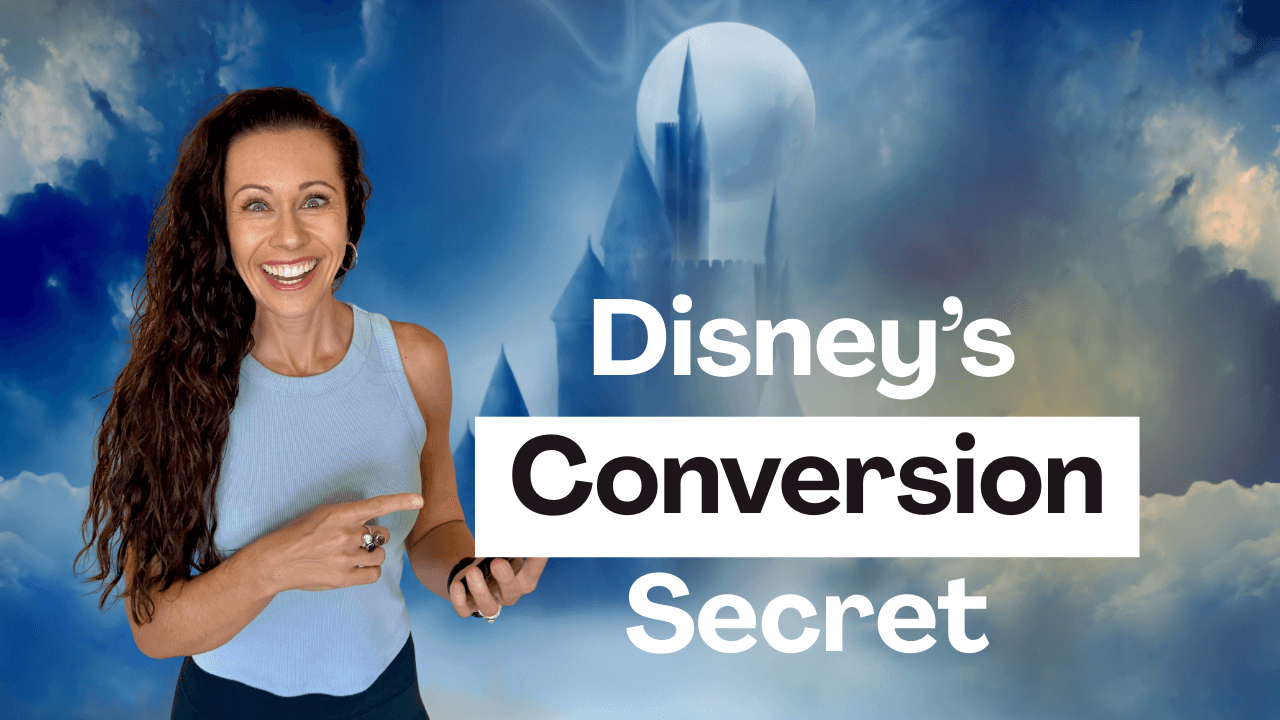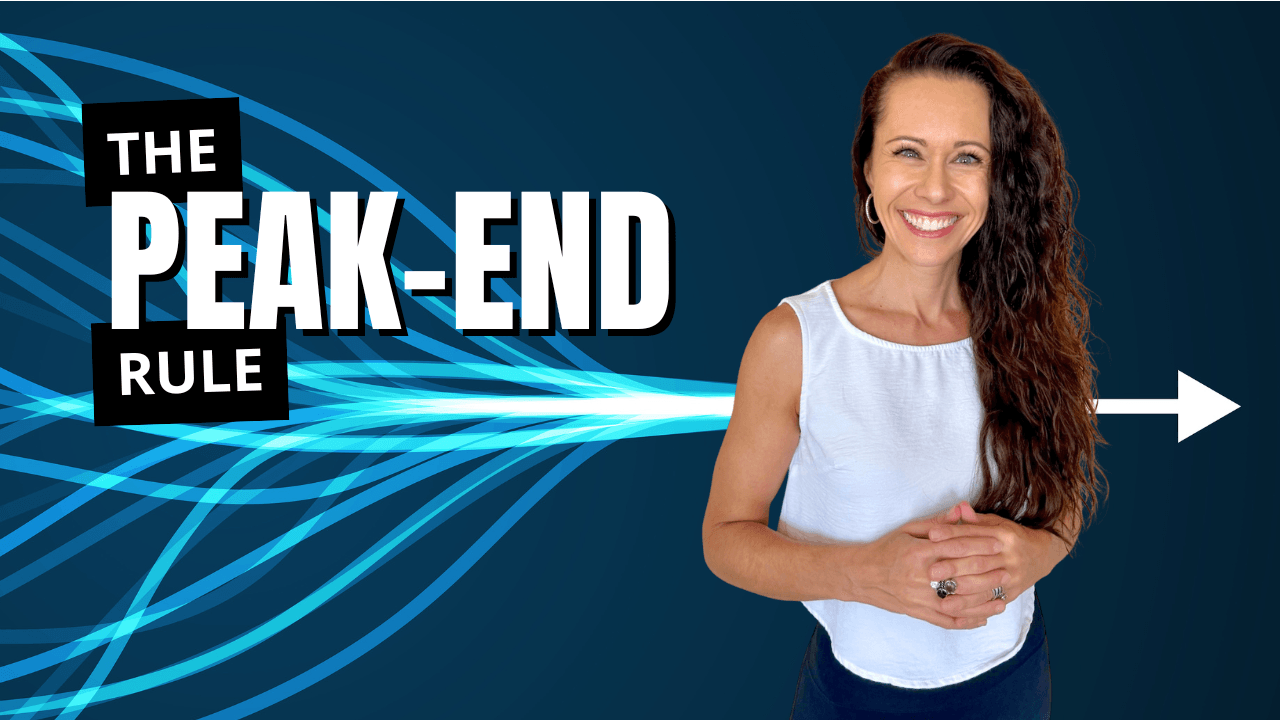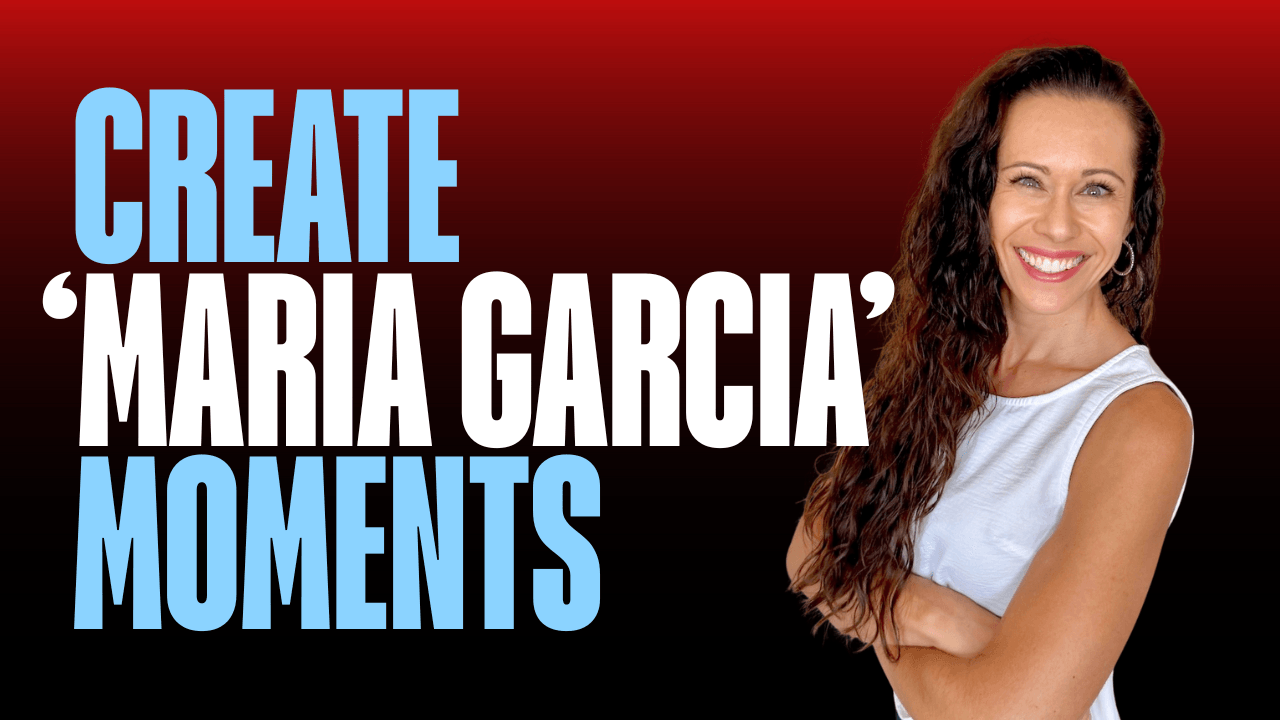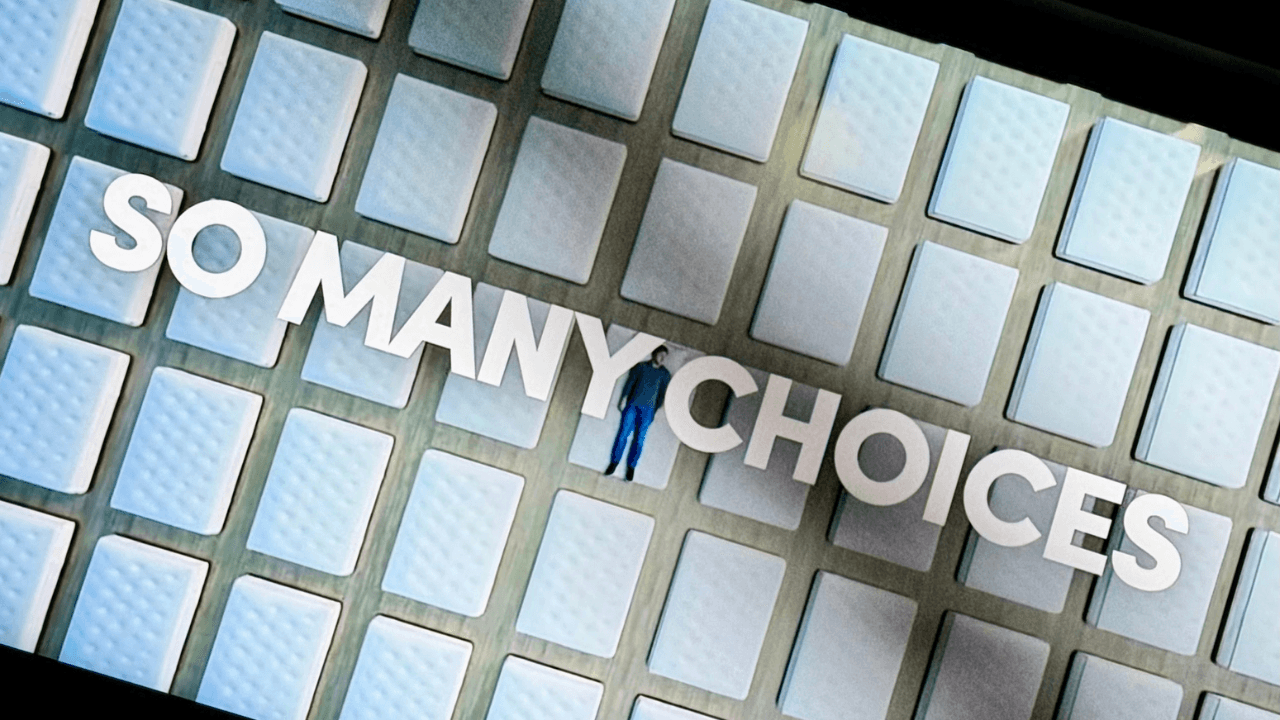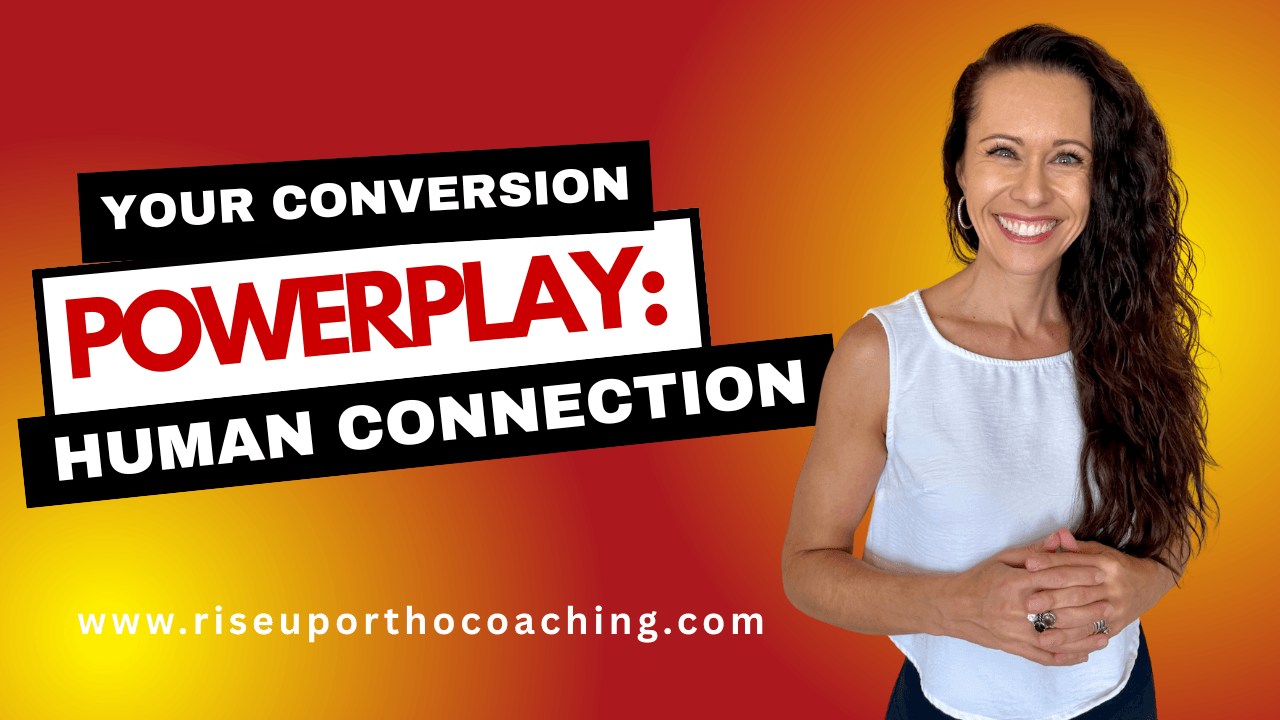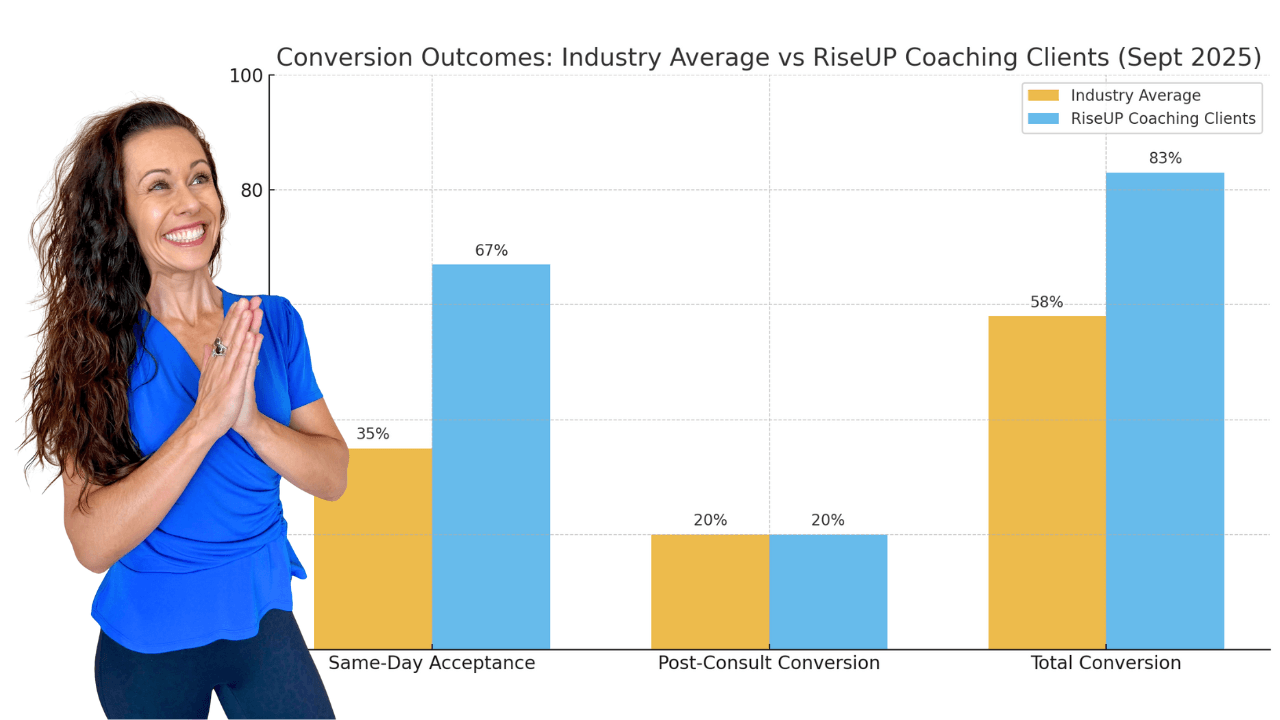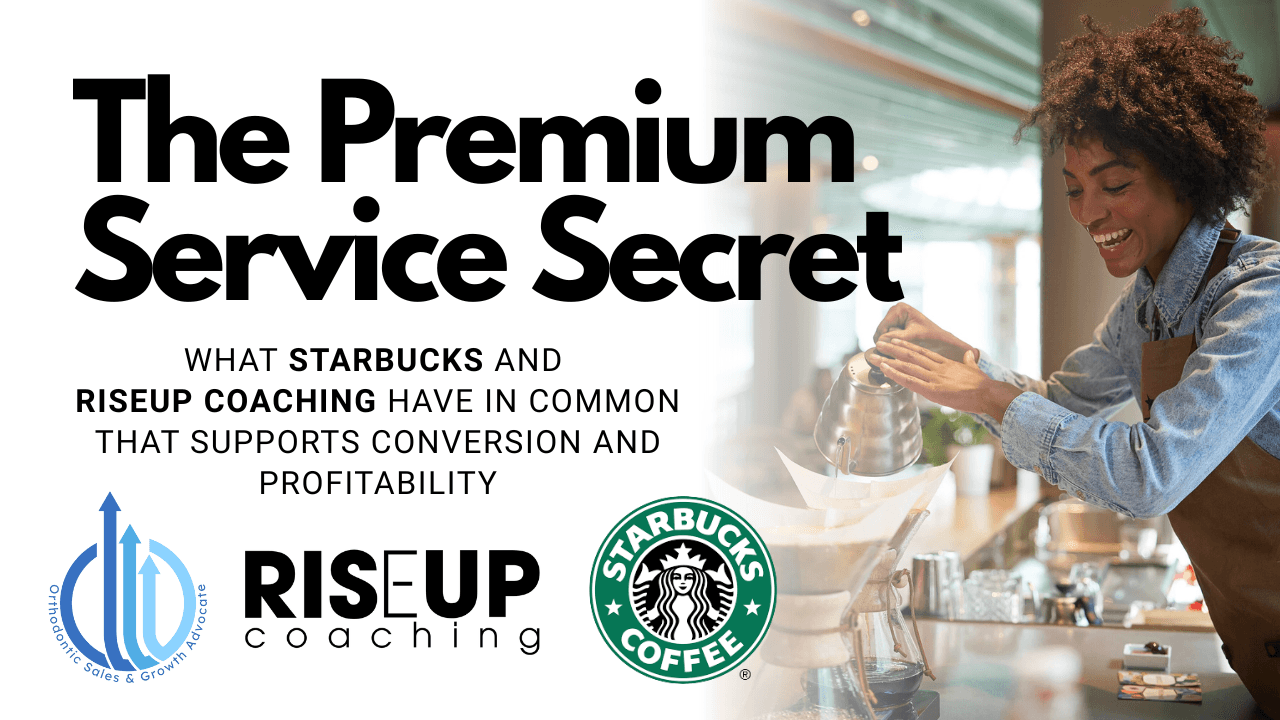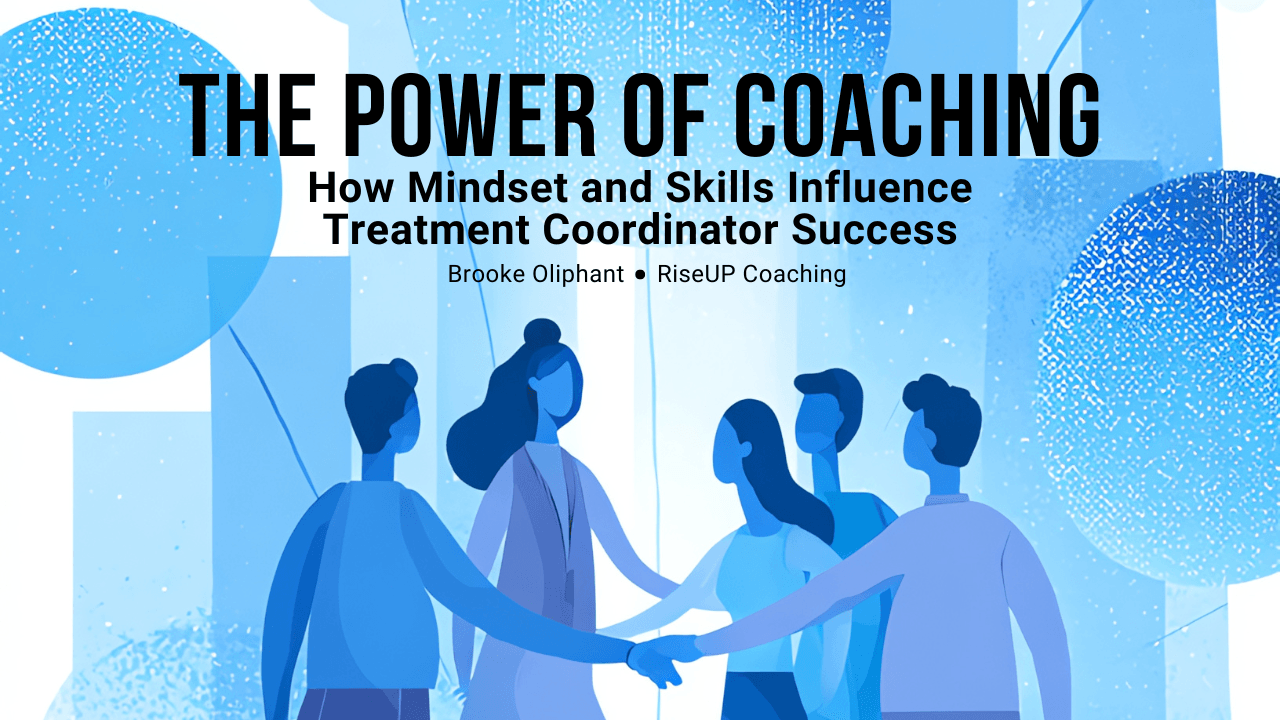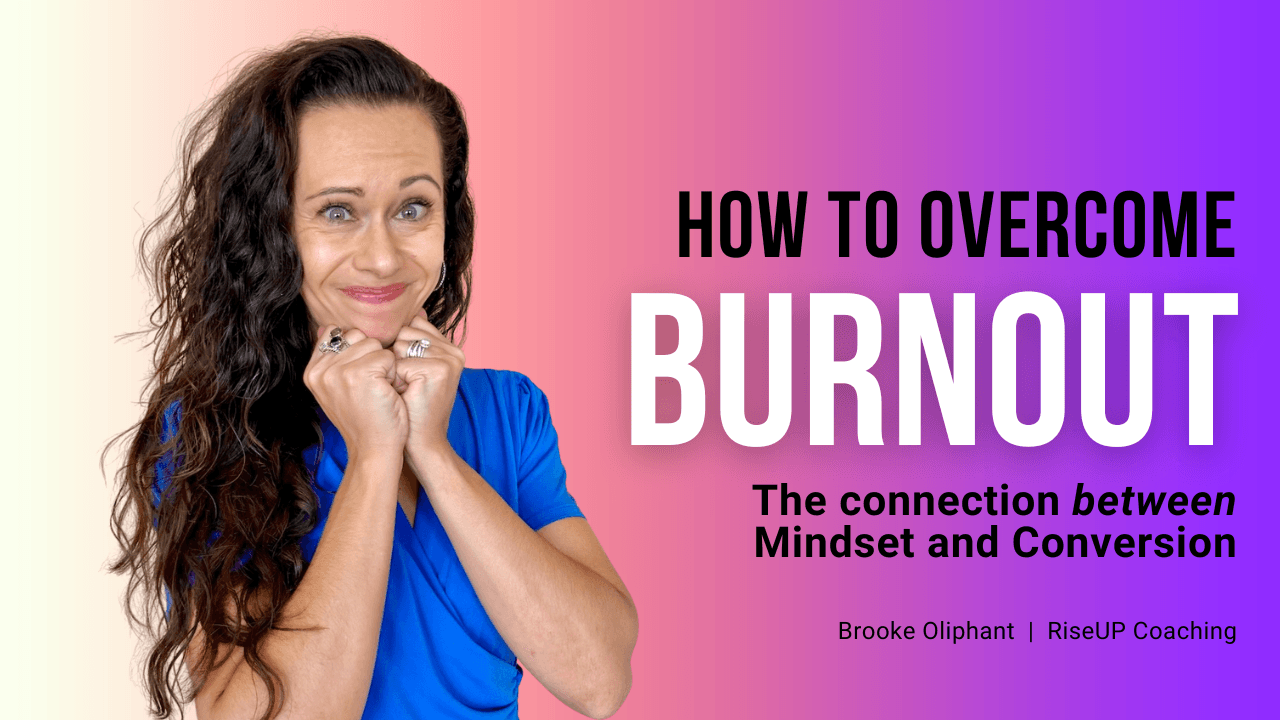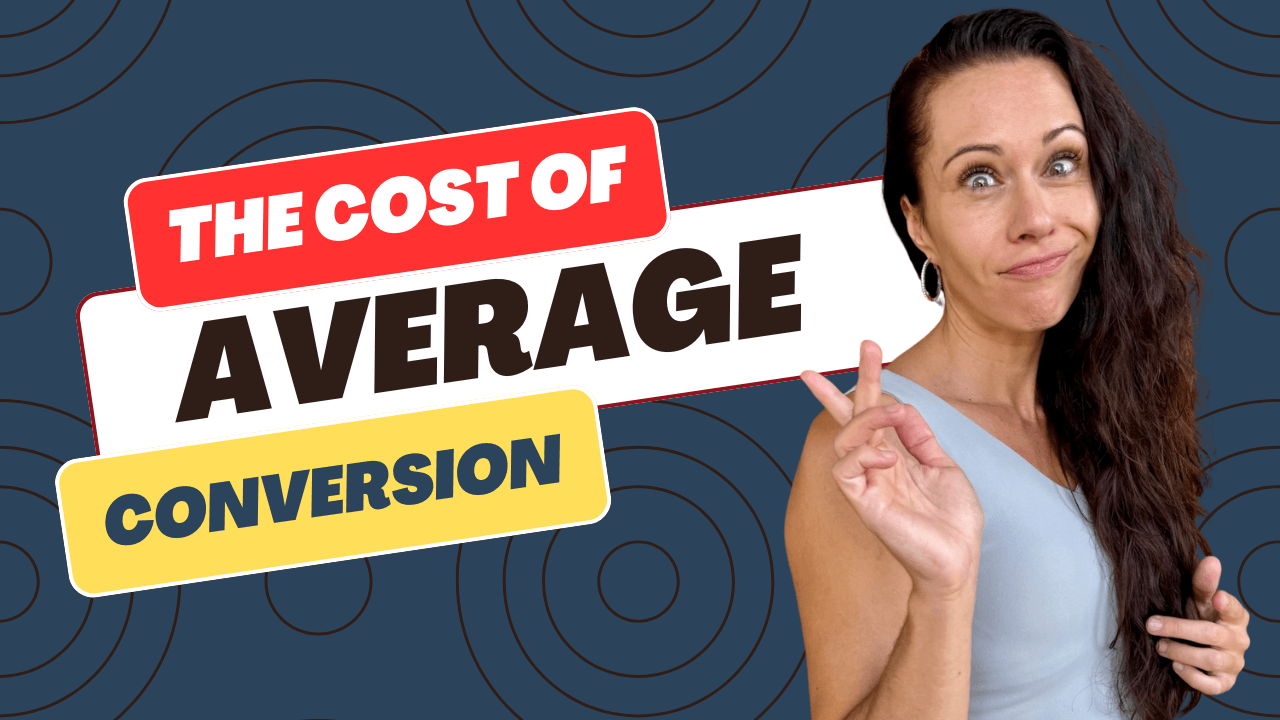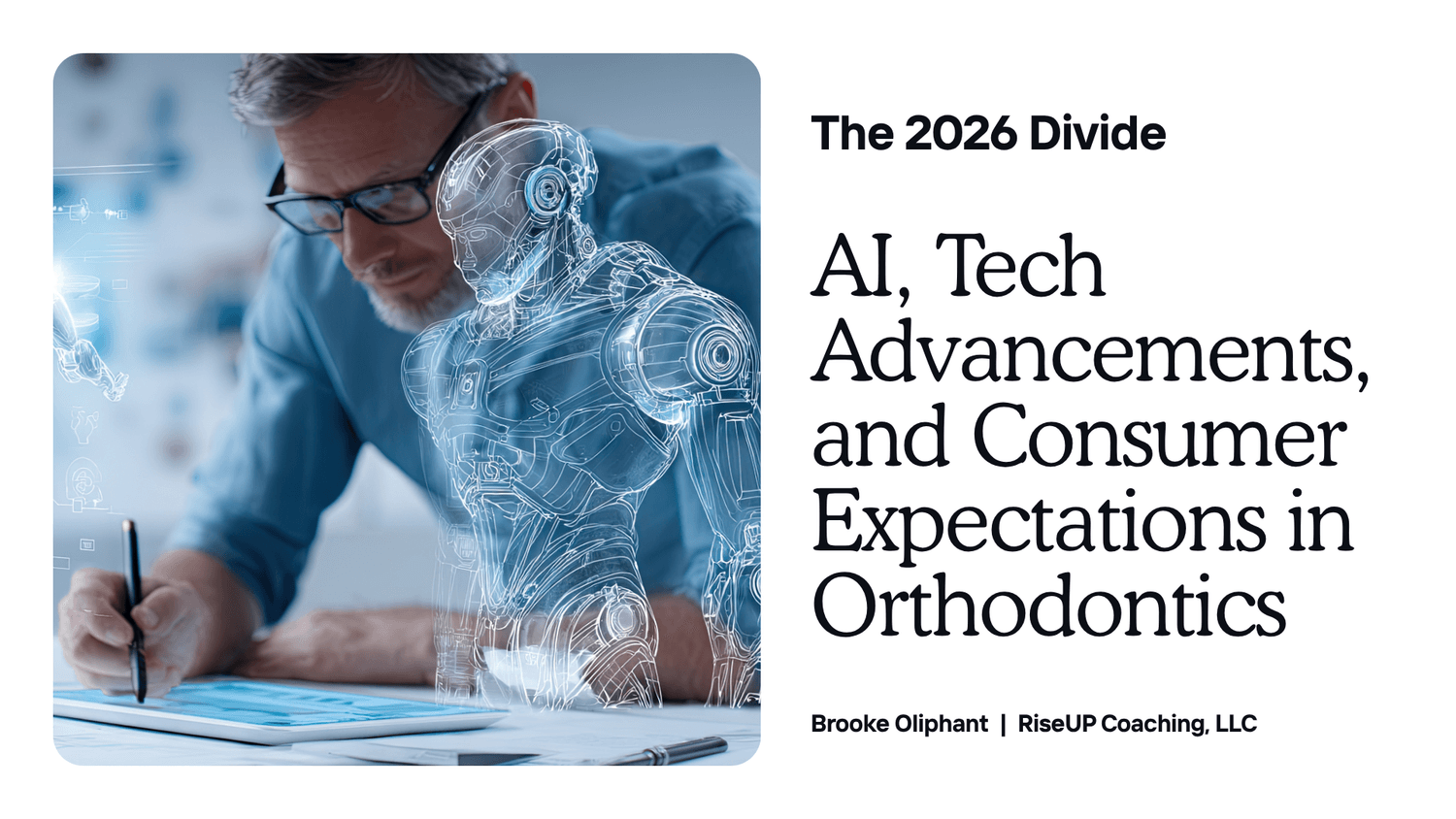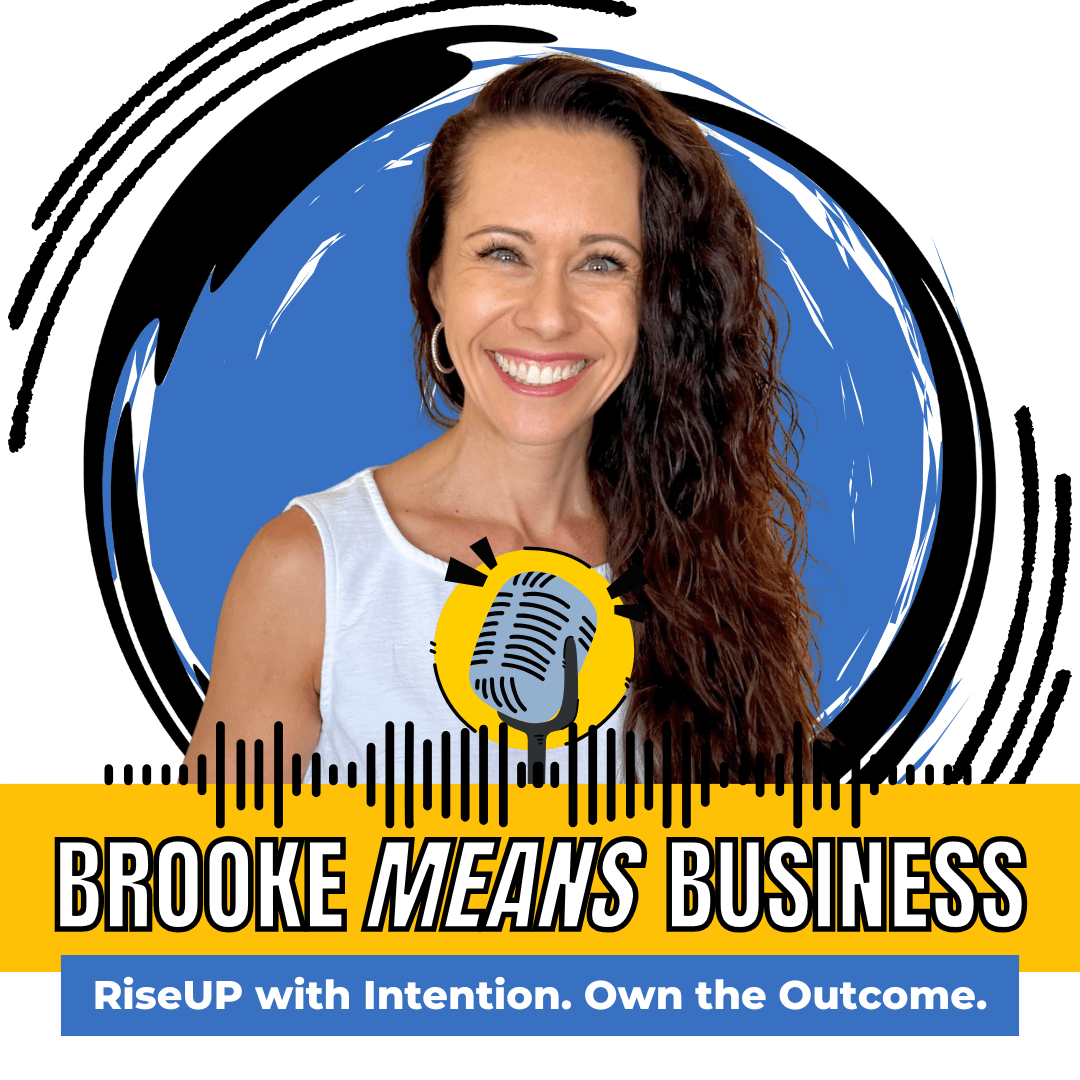
ARTICLES and VIDEOS
Orthodontic Business Strategy. Conversion Optimization. Modern Patient Experiences.
Your Patients Want To Be Heard Right Now
Most orthodontic practices ask for reviews at the end of treatment.
They wait until the braces come off, the smile is perfect, and the patient is walking out the door for the last time. Then they send the request: "How did we do?"
Here's what that approach tells your patients: we care about the result, not your experience getting there.
And here's what it costs you: only 5-10% of patients actually write reviews when asked at the end. You're leaving 90% of your social proof on the table.
What Five-Star Hotels Know That You Don't
Disney Spent $1 Billion On This Conversion Secret
Disney spent one billion dollars on something most orthodontic practices ignore: the moments before arrival.
I'm talking about MyMagic+, Disney's billion-dollar bet on something most businesses overlook: the magic of anticipation.
They created an entire ecosystem of wonder before guests ever see Cinderella's Castle. Digital wristbands that unlock experiences. Personalized itineraries that build excitement days before arrival. A carefully orchestrated journey that transforms a simple vacation into an emotional commitment.
That's not marketing.
That's conversion architecture.
Stop Selling Treatment and Start Selling Confidence
Your patients aren't saying no to treatment.
They're saying no to uncertainty.
I've watched orthodontic practices struggle with conversion for years. Most orthodontists know exactly where they stand. They track their numbers, compare themselves to industry benchmarks around 60-65%, and measure against similar practices.
The gap isn't in awareness. It's in understanding what actually drives conversion higher.
Practices focus on creative social media and unique treatment offerings. They overcomplicate financial terms out of economic fear. Meanwhile, they're missing what matters most to today's well-researched, efficiency-motivated consumer.
Your Patients Won't Remember Your Treatment Plan
Your patients won't remember your treatment plan. They'll remember how you made them feel about it.
That's not opinion. That's neuroscience.
Nobel Prize winner Daniel Kahneman discovered something that changes everything about how we should approach orthodontic consultations. In his research on the peak-end rule, he found that patients judge their entire experience based on just two moments: the most intense point and how it ends.
Here's where it gets interesting.
What 85% Case Acceptance Really Depends On
Your TC rattles off treatment options like a pro. Financing? Covered. Timeline? Crystal clear.
But here's what she missed: Maria Garcia's “name”.
Most orthodontic consultations nail (or over-nail) the clinical details. They bomb at making patients feel heard and seen. And that gap costs you A LOT of conversions.
The Trust Gap Nobody Talks About:
Roughly 85% of case acceptance stems from an orthodontist's ability to relate to patients. Only 15% comes from technical proficiency.
Simplicity Is Your Superpower: Why Too Many Choices Kill Confidence (and Conversion)
I recently saw a mattress commercial that stopped me in my tracks. The brand’s message? “So many choices.” It showed a person standing in a warehouse surrounded by endless mattresses — all slightly different, all claiming to be “the one.”
Then came the punchline: more options isn’t better. It’s exhausting.
Their promise was simple but brilliant — to personally guide you toward the right fit, so you can make a confident decision and rest easy.
AI Just Made Your People Skills Worth Millions
Your patients walked into your consultation already armed with AI-generated research. They've asked ChatGPT about Invisalign. They've googled treatment timelines. They've compared your practice to three others online.
But here's what they can't get from AI: someone who actually cares about their specific fears, goals, and concerns.
I'm watching orthodontic practices split into two camps. Those embracing AI as a partner are seeing conversion rates soar. Those fighting it are getting left behind.
The gap between successful and struggling practices is about to get much wider.
Reverse-Engineer the Follow-Up Problem
Front-load decision-making. Don’t back-load touchpoints.
You can’t out-follow-up poor in-the-moment case acceptance. No amount of emails, texts, or clever wording will close the gap left by weak same-day conversion. And that gap is exactly why so many practices feel overworked, stressed, and stuck at average.
Too many practices are incorrectly hyper-focused on improving follow-up systems—desperate for better wording and strategy to boost post-consult conversion. But here’s the reality: without a strong upfront strategy and a confident TC guiding the conversation, do you even know how to follow up effectively? Or more importantly, why the patient didn’t say yes in the moment?
Let’s reverse-engineer what most people call a follow-up problem.
Starbucks Just Revealed The Premium Service Secret
Starbucks just proved something powerful about premium pricing.
Their CEO Brian Niccol announced customers will keep paying $6-7 for lattes because of "world-class customer service" combined with quality. Customer value perceptions hit a two-year high, especially among younger customers.
Here's what caught my attention. Those Starbucks prices aren't far from your consultation room reality.
Average orthodontic fees reached $6,121 for traditional braces and $6,373 for clear aligners in 2024. Your patients are already comfortable with premium pricing when the experience justifies it.
The question becomes: Does your service delivery match your fee structure?
The 30-Minute Coaching Call That Turned 5 Out of 5 Consultations Into Same-Day Starts
I could hear it in the first ten seconds of our call. Not what she said. How she said it.
My Treatment Coordinator's voice was slower than usual. Quieter. The bubbly energy I'd come to expect over our weekly coaching sessions had flatlined.
"How's your week been?" I asked.
"Fine," she said. "Just... not hitting my numbers this month."
Here's what I knew that she'd temporarily forgotten: she'd crushed her goals by over $300,000 in the last quarter alone. This wasn't a performance problem. This was a perspective problem.
And perspective problems kill conversion faster than any lack of technique ever could.
The Mindset Shift Every TC Needs Right Now
How to handle rejection, manage energy, and stop the burnout cycle.
Your conversion rate doesn't define your worth. But some days, it sure feels like it does.
You closed three today. Tomorrow, zero. The rollercoaster never stops.
Last week you crushed it. Five same-day starts, patients lighting up during consults, that unstoppable feeling where every "yes" confirms you're exactly where you're supposed to be. You're on top of the world.
This week? Crickets. The rejection stings. The pressure builds. And somewhere between "we need to think about it" and your practice's monthly goals, you start wondering if you've got what it takes.
Here's the truth: 60% of salespeople struggle with their mental health, and frequent rejection drives most of it.
Treatment Coordinators live this reality every single consultation.
But what separates TCs who thrive from those who burn out has nothing to do with closing techniques.
It's mindset.
Your Orthodontic Metrics Are Quietly Costing You Millions
Your practice metrics look fine.
That's the problem.
When I look at the 2024 Gaidge orthodontic practice data, I see something most orthodontists miss. The numbers look acceptable.
Case acceptance at 67%.
New patient conversion at 81%.
Financial metrics above benchmark.
But acceptable means average. And average means you're leaving serious money on the table.
The Conversion Gap That Costs You Six Figures:
Let's start with case acceptance. The U.S. average sits at 67% according to the latest data. That sounds respectable until you compare it to the 70-80% benchmark.
Here's what that gap actually means.
Starting just one more patient daily by increasing conversion from 50% to 75% adds $1.3 million per year in revenue to your practice. Even a modest improvement from 67% to 75% translates to hundreds of thousands in additional production.
Your Treatment Coordinator can literally be worth a million dollars per year to your business. But only if they're trained to convert at that level.
Most aren't.
Stop Asking Humans To Do Robot Work
Your team keeps complaining about each other. They're openly stressed about having more to do than time allows. They're picking and choosing what gets done and what doesn't.
And leadership either doesn't see it or doesn't understand it.
When I walk into a practice and see this, I know exactly what's coming next. Apathy.
Here's what emotional depletion looks like in real time.
A patient calls. They're running late. Your front desk has two options.
Option one: "We'll have to reschedule you. Policy says we can't accommodate anyone more than 10 minutes late."
Option two: Check with the clinic. See when the patient can actually be seen. Let them know they can still come in but might have a short wait.
Your admin team knows option two is right. This is a paying patient who needs to be treated like a valuable person, not a problem subject to strict policy. Your clinical team might push back because accommodating creates momentary challenges. This internal tension makes option two feel sticky.
I see this over and over. People going through the motions. Blaming process instead of getting creative.
The hero moment requires emotional energy. And your team is out of it.
MENU

